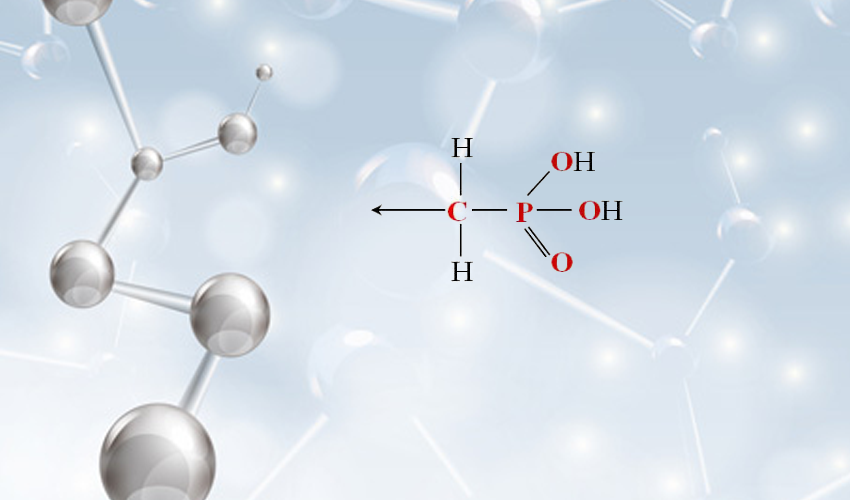amino trimethylene phosphonic acid atmp
Amino Trimethylene Phosphonic Acid (ATMP) A Multifunctional Chemical Agent
Amino Trimethylene Phosphonic Acid (ATMP) is a phosphonic acid derivative that has garnered significant interest in various industrial applications due to its multifunctional properties. As a water-soluble chelating agent, ATMP exhibits exceptional abilities in inhibiting scale formation, sequestering metal ions, and acting as a corrosion inhibitor. These properties make it valuable in industries such as water treatment, oil and gas, and detergents.
Chemical Structure and Properties
ATMP has the molecular formula C4H14N1O7P and a unique chemical structure featuring a phosphonic acid group and amino group. This structure endows ATMP with high stability and solubility in water, which are essential characteristics for its effectiveness in numerous applications. One of the key attributes of ATMP is its ability to form stable complexes with metal ions, preventing their precipitation and scale formation. This property is particularly beneficial in systems where hardness ions, such as calcium and magnesium, are present.
Applications in Water Treatment
In the water treatment industry, ATMP is widely used to control scale formation in cooling towers, boilers, and other industrial water systems. When used in these applications, it helps to maintain operational efficiency by reducing the buildup of scale on heat exchange surfaces, which can lead to significant energy losses. By chelating metal ions, ATMP ensures that they remain soluble in water, thus preventing scaling related to calcium carbonate, calcium sulfate, and other mineral deposits.
Moreover, ATMP plays a pivotal role as a corrosion inhibitor. In various aqueous environments, metal surfaces are prone to corrosion, which can lead to equipment failure and costly downtime. ATMP’s ability to bond with metal surfaces helps to form a protective layer, reducing the likelihood of rust and extending the lifespan of equipment.
amino trimethylene phosphonic acid atmp

Oil and Gas Industry Applications
In the oil and gas sector, ATMP is utilized to mitigate scale and corrosion issues in pipelines and drilling fluids. The presence of minerals within the formation water can lead to severe scale deposits, impeding flow rates and complicating extraction processes. Here, ATMP’s scale inhibition properties are harnessed, allowing for smoother operation and enhanced recovery of resources.
Furthermore, ATMP can be formulated with other additives to improve its performance in extreme conditions often encountered in oil extraction processes. Its compatibility with various chemical formulations enables formulators to create effective treatments tailored to specific challenges in the field.
Detergents and Household Products
Beyond industrial applications, ATMP is also incorporated into household cleaning products and detergents. Its ability to sequester metal ions helps to enhance the cleaning efficiency of these products, preventing the interference of minerals that can lead to soap scum or reduced cleaning effectiveness. Additionally, since ATMP is biodegradable and non-toxic, it poses a lower environmental risk compared to traditional phosphates used in cleaning formulations.
Conclusion
Amino Trimethylene Phosphonic Acid is a versatile chemical agent that plays a crucial role across multiple industries. Its multifunctional properties, including scale inhibition, corrosion prevention, and metal ion sequestration, make it a vital component in maintaining efficiency and longevity in various systems. As the demand for sustainable and effective chemical solutions continues to rise, the importance of ATMP and its applications will likely expand, providing innovative solutions to modern industrial challenges. The ongoing research and development in this field will further enhance our understanding and utilization of ATMP, paving the way for more sustainable industrial practices.
-
Water Treatment with Flocculant Water TreatmentNewsJun.12,2025
-
Polymaleic AnhydrideNewsJun.12,2025
-
Polyaspartic AcidNewsJun.12,2025
-
Enhance Industrial Processes with IsothiazolinonesNewsJun.12,2025
-
Enhance Industrial Processes with PBTCA SolutionsNewsJun.12,2025
-
Dodecyldimethylbenzylammonium Chloride SolutionsNewsJun.12,2025





